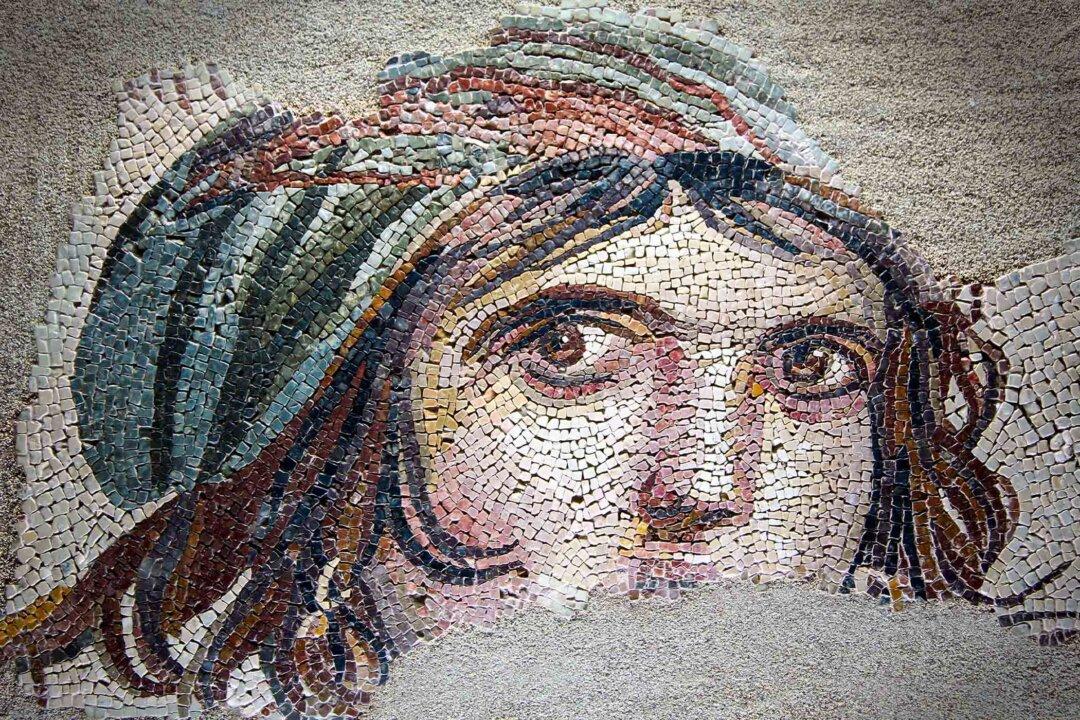Disclaimer: This article was published in 2023. Some information may no longer be current.
You will see her face on brochures, on travel posters, and on ads all over Turkey if you travel there. Those haunting eyes staring back at us are wells into her soul—as they may have been for some wealthy Roman aristocrat, perhaps, whose villa she once adorned.






